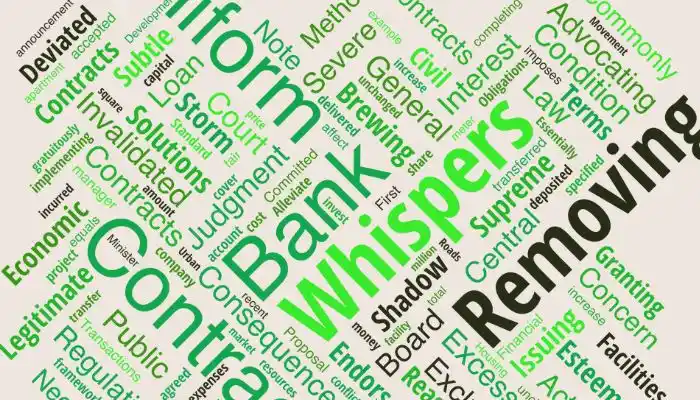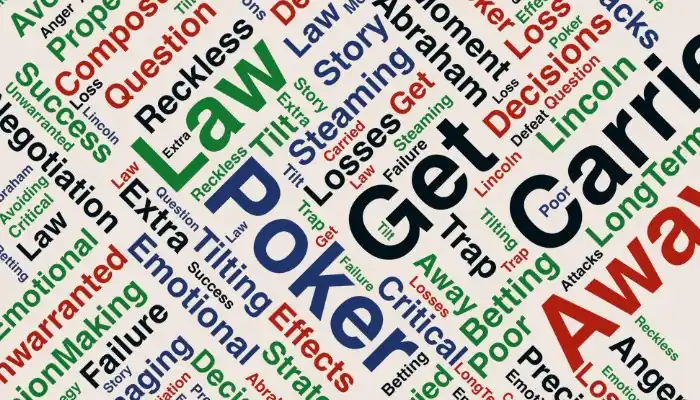In the shadow of the towering walls of the judiciary, a storm is brewing. Three years ago, the General Board of the Supreme Court, by asserting public law over banking contracts and issuing Uniform Judgment No. 794, invalidated the condition of excess interest beyond the Central Bank’s regulations in banking facility contracts. Now, there is a subtle murmur advocating for the exclusion of partnership contracts from the scope of this ruling. If this step is endorsed by the esteemed judges of the Supreme Court and the courts, it could have severe consequences for legitimate economic actors who have not deviated in any way regarding banking facilities. The concern stemming from this potential change is the reason for this note. Following, we will discuss two examples from the terms of civil partnership contracts, the most commonly used method of granting facilities, to address the negative consequences of this matter, and conclude with a proposal to alleviate the Central Bank and banks’ positive concerns.
The First Negative Consequence of Excluding Civil Partnerships from the Impact of Uniform Judgment No. 794
In Article 8 of the standard civil partnership contract form, it is stated: “The partner committed not to conduct any transactions or accept financial obligations beyond the paid-in share capital deposited into the account or delivered to the manager or managers of the company. The partner agreed and committed to cover all expenses exceeding the cost of implementing the project subject to this contract, as specified in Article 3, from his own assets and resources. The partner transferred the total of these expenses to the bank and, within the framework of this transfer, accepted that the bank’s share capital would remain unchanged, and the increase in expenses would not affect the amount of share capital specified in this contract.” Essentially, this article imposes three conflicting conditions:
1. The partner (loan recipient) cannot invest more money or capital for executing the partnership project than the amount specified in the civil partnership contract.
2. The partner must cover and pay all additional costs for executing the partnership project from his own resources.
3. The partner must gratuitously transfer the additional capital and costs incurred from his own resources for executing and completing the partnership project to the bank and accept that the bank’s share capital remains unchanged. In other words, the increase in costs and capital should not affect the bank’s share in the partnership.
These conditions and the settlement are only fair if the bank’s share in the partnership capital equals the total capital needed for executing the project. However, in many cases, the bank’s share is much less than the total partnership capital.
For example, according to the recent announcement by the Minister of Roads and Urban Development, the National Housing Movement facility is 550 million tomans, while the estimated price of one square meter of an apartment in the Tehran housing market is 70 million tomans. Assuming that this facility is granted as a civil partnership loan for housing construction (where the common practice is an 80% share for the bank and a 20% share for the loan recipient) and the loan recipient provides the additional capital needed for building the housing unit from his own resources, the bank’s share would be less than the actual value of 8 square meters of the constructed housing. However, if this contract is excluded from the impact of Uniform Judgment No. 794, based on the condition in Article 8 of the contract, 80% ownership of the housing would belong to the bank, resulting in an unfair and disproportionate distribution of ownership and profit.
The Second Negative Consequence of Excluding Civil Partnerships from the Impact of Uniform Judgment No. 794
Article 11 of the standard civil partnership contract form states: “The partner, by signing this contract, undertakes to manage the resources and expenditures of the partnership in such a way that at the end of the partnership period, the bank’s share plus the declared profit of the partnership, as stated by the partner in the loan application form dated …, is credited to the bank’s account. Otherwise, the partner undertakes to cover and pay the bank’s share, the declared profit of the partnership, and any incurred losses to the bank from their own assets.” This contractual condition has two main parts:
1. In the first part, the partner (loan recipient) commits to managing the resources and expenses related to the partnership in a way that ensures the bank’s share along with the partnership profit, as stated in the loan application form, is credited to the bank’s account at the end of the partnership period.
2. In the second part, if the partnership is not profitable or yields less profit, the partner must cover and pay the bank’s principal share, the pre-estimated profit, and any incurred losses from their own assets.
If civil partnership contracts are excluded from the scope of Uniform Judgment No. 794, the loan recipient, even in the event of a loss or failure to achieve profit, would have to cover the bank’s share along with the pre-estimated profit from their own assets at Debt The end of the partnership period. However, based on this uniform judgment, the partner is only responsible for paying the principal share and the interest and damages approved by the Central Bank.
A Fair Solution for Receiving Profits Above the Central Bank’s Approved Rate in Partnership Contracts
The mentioned conditions are examples of contractual terms in partnership contracts. These examples show that Uniform Judgment No. 794 of the General Assembly of the Supreme Court prevents the enforcement of unjust contractual conditions. This is emphasized in Article 23 of the Law on Continuous Improvement of the Business Environment.
However, given the nature of partnership contracts, if the bank can demonstrate that the actual profit from the partnership exceeds the Central Bank’s approved rate, it can claim the actual share proportionate to its contribution. Therefore, considering that a negative fact cannot be proven, the mentioned uniform judgment prevents the bank’s excess claims only when the bank cannot prove the realization of higher profits.
The term “economic actors” refers to entrepreneurs and business owners, and “banking facilities” means bank loans.




